Somewhere between art, design and theater, thrives the Glue Society. Artist James Dive speaks to Owen Lynch about his diverse and thought provoking body of work
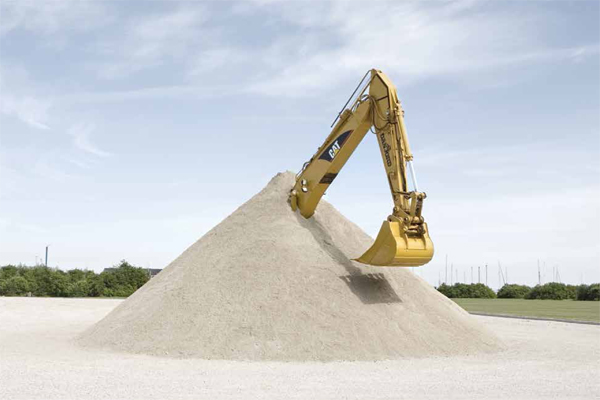
It Wasn’t Meant to End Like This, 2009
February 25th, 2013
To your audience, your works are imbued with a sense of humour and whimsy; as the artist would you agree this to be a fair assessment?
The word whimsy is often associated with my work and I think it’s a fair description. Out of all the ways to communicate I often find humour, or lightness, can be one of the most successful ways of being able to talk about something deeper or serious.
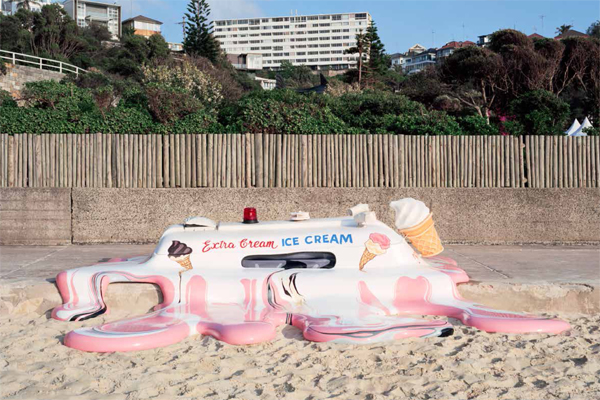
Hot With The Chance Of A Late Storm, 2006
Design is often considered a consumer’s adit to the art world, by means of accessibility and affordability. Some art purists would argue there is no place for commercialism in art – as a respected artist who often creates to corporate and commercial briefs, where do you see your work in the context of the art world, at large?
I also agree that there should be art for purely artistic purposes. I have always been very particular in making a distinction between my works as to what I regard as design and what I regard as art. The only unusual thing, and it’s becoming less and less unusual, is that I partake in both artistic projects and design projects.
So to answer your question I see the relationship between my art and the art world as fairly traditional. I’m a fairly typical artist. It’s just that I am also an artist who actively involves himself in other creative fields, whether that be direction, art direction, design or commercial installations.
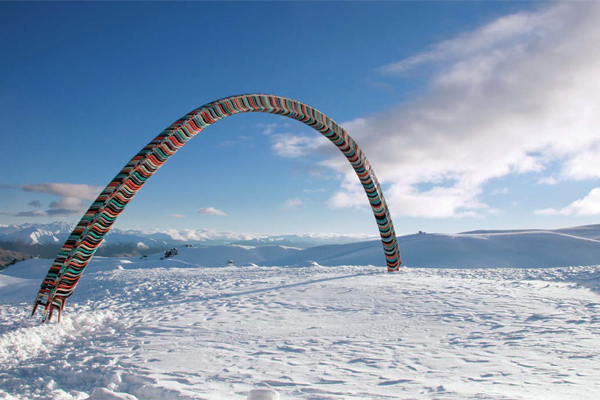
42 Below Chair Arch, 2010
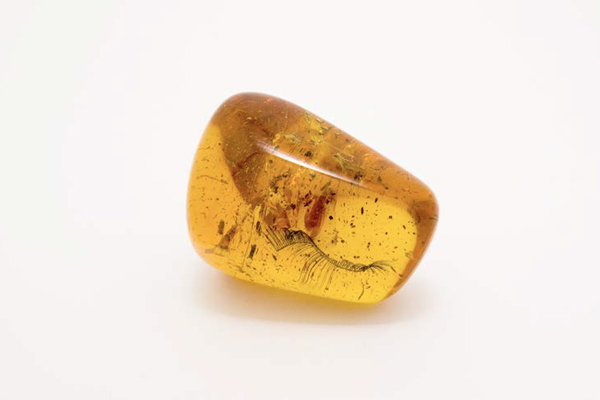
Relics (I-XII), 2008
The Glue Society is a creative collaborative based in Sydney with offices in New York, can you expand on what it is that is achieved by working collectively rather than independently?
Within The Glue Society there are seven members and we have all now worked together in the same studio for many years. Within the collective each member tends to have a different creative skill set.
Sometimes a project may only require one member, but more often than not a better result is achieved by combining the contrasting skill sets of different members. And then some large scale projects require the entire collective. It’s this constant cross-pollination between members that generates a healthy and robust environment for creativity.
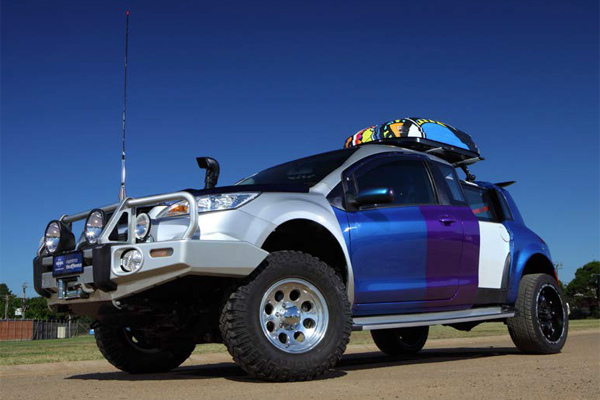
NRMA TVC Frankenstein Car, 2012
Anish Kapoor cites scale as a device vital in expanding an artist’s message and directly engaging the viewer. What artistic devices might you embrace that you feel contribute to a successful installation or sculpture?
I agree scale definitely helps heighten a work and engage the viewer but it is never something I set out to do. A lot of my work is big, but that is usually because the idea or concept has dictated the size. Some of my work is tiny too, it all depends on the idea or purpose.
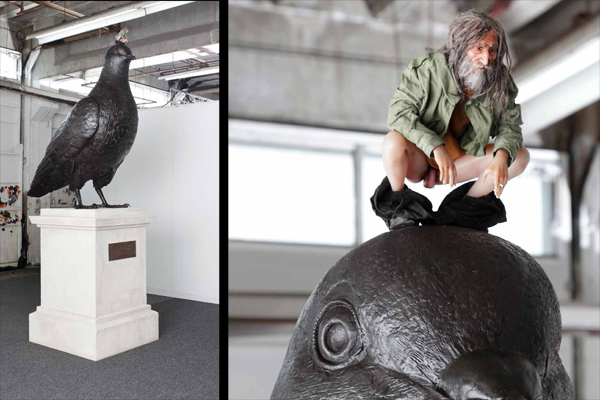
I Heard They’re Dirty, 2009
Can you give us a little insight into the background for “A Little Faster Please” – the installation developed for Heineken and Pacha at the Ivy in Sydney.
Heineken approached me to create a piece of installation design featuring their logo to celebrate their support of Pacha at The Ivy in Sydney.
Pacha as a concept is probably best described as combining clubbing with a circus freakshow. It includes aerial acrobats, rich art direction, costumes and theatre.
I decided to embrace this atmosphere and created a theatrical peddle-powered Heineken logo suspended from the ceiling above the crowd. A costume-clad cyclist then balances on the bike and the faster he or she goes, the brighter the bulb logo becomes.
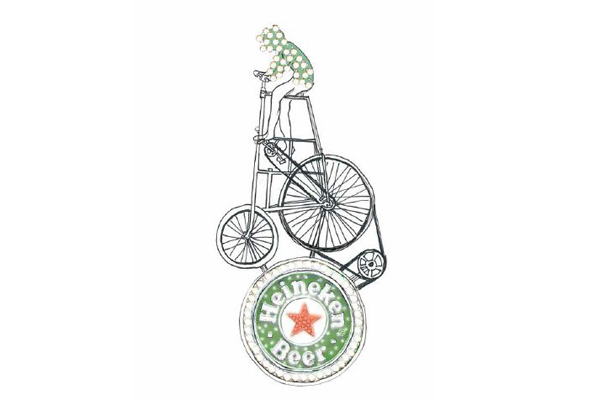
A Little Faster Please, 2012
How much do your works differ in execution from their initial concept? Does your process see much evolution of the idea during production or is it quite regimented and focused?
My process is very deliberate, but I find this allows me greater creativity. By working through and resolving the endless details early in the process I tend to find that when in construction phase I can afford to spend more time actually focusing on the success of the work.
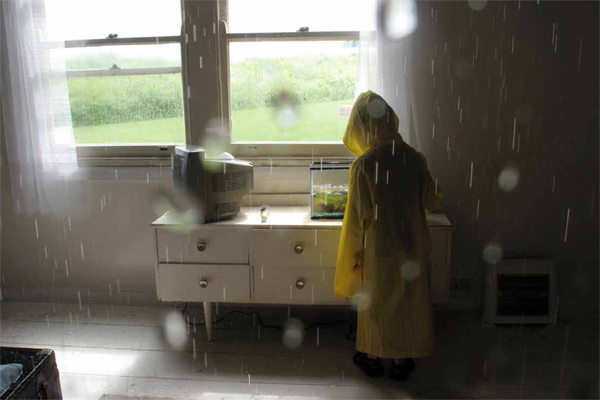
I Wish You Hadn’t Asked, 2011 -2012
Career highlight to date?
I think it would have to be the first time I exhibited “I Wish You Hadn’t Asked,” in Denmark. The work was a 66 square metre house that’s rained on the inside. Over five weeks the house rained down 200 litres of water a minute on the sodden furnished interior. It was awarded the Major Award and hosted 600,000 wet yellow raincoat-clad patrons.
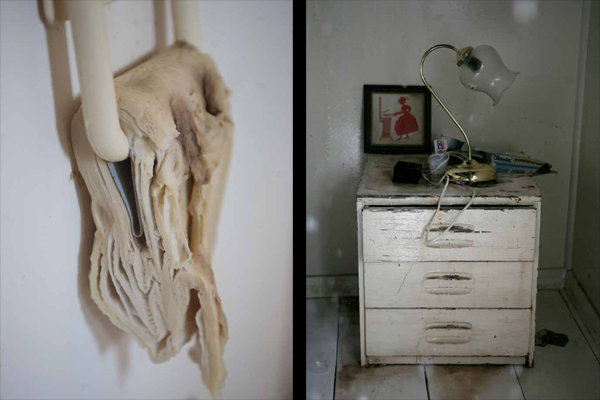
I Wish You Hadn’t Asked, 2011 -2012
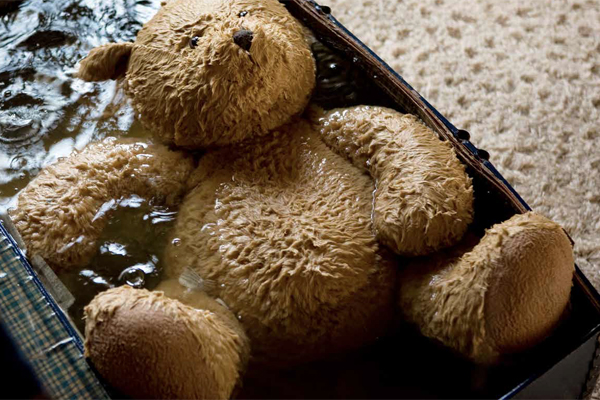
I Wish You Hadn’t Asked, 2011 -2012
The Glue Society
Hero Image: It Wasn’t Meant to End Like This, 2009
A searchable and comprehensive guide for specifying leading products and their suppliers
Keep up to date with the latest and greatest from our industry BFF's!

Elevate any space with statement lighting to illuminate and inspire.

Vert, an innovative demountable pergola designed for urban greening, is reshaping the way we think about sustainability in urban architecture.

In this episode of Stories Indesign podcast, Timothy Alouani-Roby speaks to world-famous British-Moroccan photographer Hassan Hajjaj, who was in Australia for Sydney Design Week.

The Heffron Centre in Maroubra, Sydney, stands as a testament to how authentic public art powered by collaborative project teams can transform urban spaces.
The internet never sleeps! Here's the stuff you might have missed

Let’s find out what’s in store for design in 2025 from Gensler.

In this New Zealand workplace design by Wingates, Anthony Harper were “keen to evolve their working environment as the world evolves as well.”